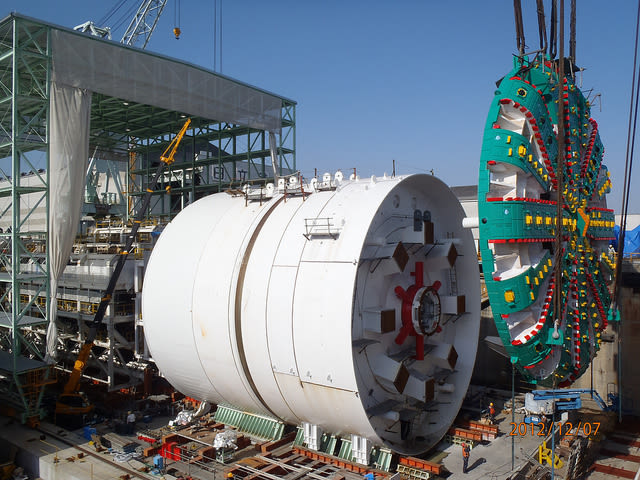Could Downtown Tolling Affect Low-Income Seattle Workers the Most?

After years of construction and controversy around the Highway 99 tunnel, the state now has to tackle another major decision that could significantly change how commuters drive through Seattle—tolling prices.
Studies commissioned by the Washington State Department of Transportation (WSDOT) predict that any toll, no matter the price, will drive vehicles off Highway 99 and onto Interstate 5 and downtown Seattle streets. At the University and Seneca exit, for example, a preliminary study found that a toll rate between $1 and $2.50 could divert up to 24,800 vehicles.
The Washington State Transportation Commission will ultimately set Highway 99's toll prices, and Seattle will be left grappling with increased traffic, described by council member Mike O’Brien as “potentially devastating, specifically to transit times in downtown Seattle.”
The city’s not sure exactly who that will impact the most. Seattle’s 2018 budget in November included $200,000, sponsored by council member Mike O’Brien, for the Seattle Department of Transportation to study congestion pricing and other options meant to ease diversion off Highway 99.
Congestion pricing on streets downtown would be a possible solution to the Highway 99 tolls to discourage drivers from roads anticipated to see increased traffic. According to U.S. Census estimates, 48 percent of Seattle’s employees drive to work alone.
Do those drivers not only include wealthy car owners but also mega-commuters who can’t afford to live within the city, or workers with odd hours? Council member Mike O’Brien says he wants the city to analyze the demographics of downtown drivers to find out.
“It’s not actually going to study congestion pricing. It’s rather going to study who’s driving downtown today so that as we try to manage our congestion downtown, we have a better sense of who’s driving and why they’re driving,” O’Brien said. “I don’t want to implement policies that make it harder and harder for low-income people to survive in this city.”
The Highway 99 tolls will be to repay the state's $200 million in construction bonds. Congestion pricing imposes variable pricing on downtown streets depending on the time and day of the week. Sheila Dunn, spokesperson for the National Motorists Association, said some people will not be able to afford those costs.
“People that are already having struggles getting to work are going to have even a harder time,” Dunn said.
Mark Hallenbeck, director of the Washington State Transportation Center at the University of Washington, also spoke of congestion pricing’s potential negative impacts on low-income people. He explained that the success of congestion pricing depends entirely on perspective. Though the pricing might relieve congestion and generate money for the city, which could be funneled back into transit services, there could be unintended consequences for low-income workers.
“If you're a poor carpenter and you have to go downtown to work and you now can't afford to get into downtown, this is a disaster,” Hallenbeck said.
O’Brien said the city could implement a component specifically geared toward low-income people who have no alternative but to drive. He said such a policy could ease congestion pricing’s effects but didn’t provide details on what that kind of policy would look like.
Ultimately, O’Brien said he thinks the issue is much larger than downtown Seattle and the low-income workers who could be adversely affected by congestion pricing. He said Seattle residents have multiple options on how to travel within the city, and therefore people living 20–30 miles from downtown might be the most impacted.
“They aren’t the people that vote for elected officials in Seattle, which is why I think it’s an important regional conversation to have,” he said.
Updated headline on 12:55pm to clarify the focus more on congestion pricing on downtown streets rather than the Highway 99 tolls.
